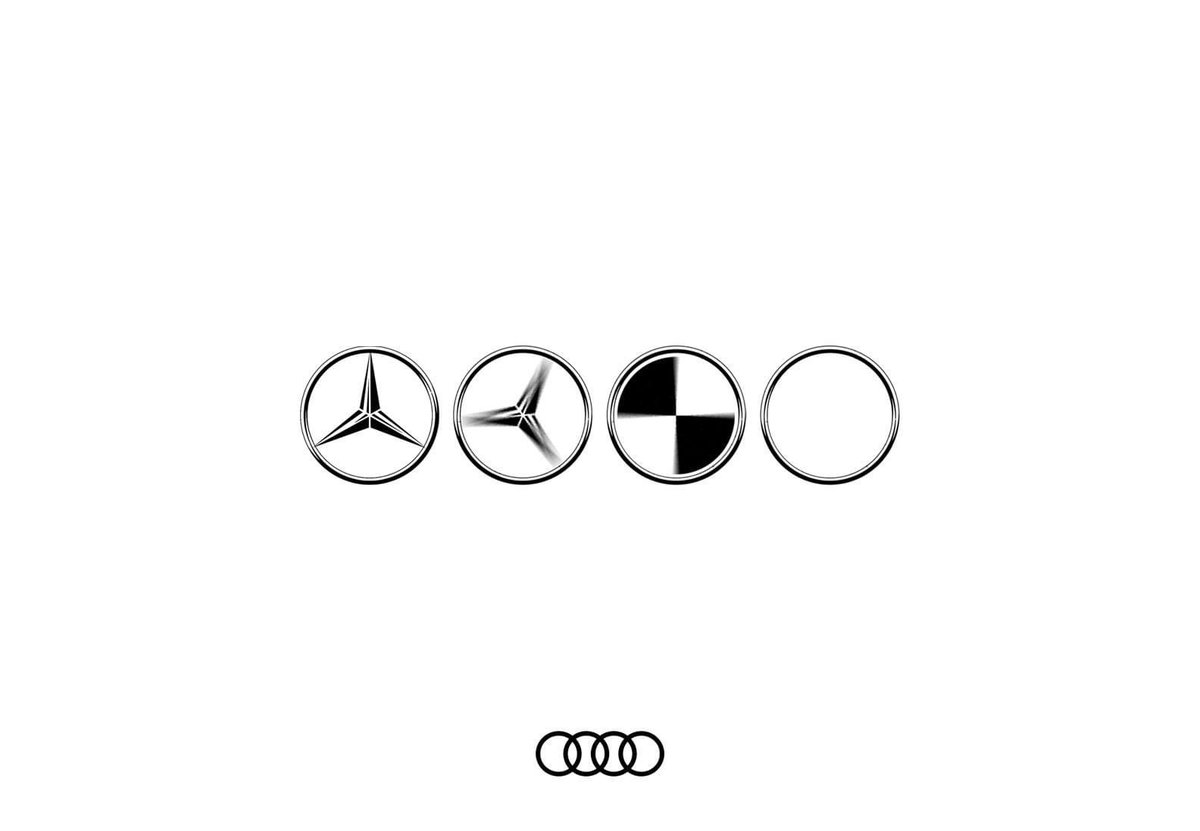
What Is Guerrilla Marketing?
Guerrilla marketing is a marketing tactic in which a company uses surprise and/or unconventional interactions in order to promote a product or service. Guerrilla marketing is different than traditional marketing in that it often relies on personal interaction, has a smaller budget, and focuses on smaller groups of promoters that are responsible for getting the word out in a particular location rather than through widespread media campaigns.
KEY TAKEAWAYS
- Guerrilla marketing is the creating use of novel or unconventional methods in order to boost sales or attract interest in a brand or business.
- These methods are often low- or no-cost and involve the widespread use of more personal interactions or through viral social media messaging.
- This marketing method has increased in popularity with the rise of ubiquitous mobile and connected technologies that can amplify messaging and focus on target groups of consumers.
Guerrilla Marketing Explained
Companies using guerrilla marketing rely on its in-your-face promotions to be spread through viral marketing, or word-of-mouth, thus reaching a broader audience for free. Connection to the emotions of a consumer is key to guerrilla marketing. The use of this tactic is not designed for all types of goods and services, and it is often used for more “edgy” products and to target younger consumers who are more likely to respond positively. Guerrilla marketing takes place in public places that offer as big an audience as possible, such as streets, concerts, public parks, sporting events, festivals, beaches, and shopping centers. One key element of guerrilla marketing is choosing the right time and place to conduct a campaign so as to avoid potential legal issues. Guerrilla marketing can be indoor, outdoor, an “event ambush,” or experiential, meant to get the public to interact with a brand.
Guerrilla Marketing History
Guerrilla marketing is a product of the shift to electronic media from traditional print, radio, and television marketing. It was coined by Jay Conrad Levinson in his 1984 book Guerrilla Marketing. Its goal is to create buzz about a product or brand so that it increases the likelihood that a consumer will purchase the product or service, or talk about it with others potential buyers. Guerrilla marketing can be very cost-effective for small businesses, especially so if they manage to create a viral marketing phenomenon.
Guerrilla Marketing Types
There are several kinds of guerrilla marketing. Some examples include:
- Viral or buzz marketing
- Stealth
- Ambient
- Ambush
- Projection advertising
- Astroturfing
- Grassroots
- Wild posting
- Street
- Pop-up retail
Guerrilla Marketing Mistakes
With the risks inherent to guerrilla marketing, and the sometimes uncharted territory it travels in, there are a number of examples of campaigns gone awry.
- In 2007, the Cartoon Network promoted a show by placing LED signs resembling a character from the show all over Boston. The signs created a bomb scare and cost Turner Broadcasting (the network’s parent) $2 million in fines.
- In a 2005 Guinness World Record attempt, Snapple promoted its new frozen treats by erecting a 25-foot popsicle in a New York City park. It melted faster than expected, covering the park in sticky goo requiring the fire department to come to hose it down.






















